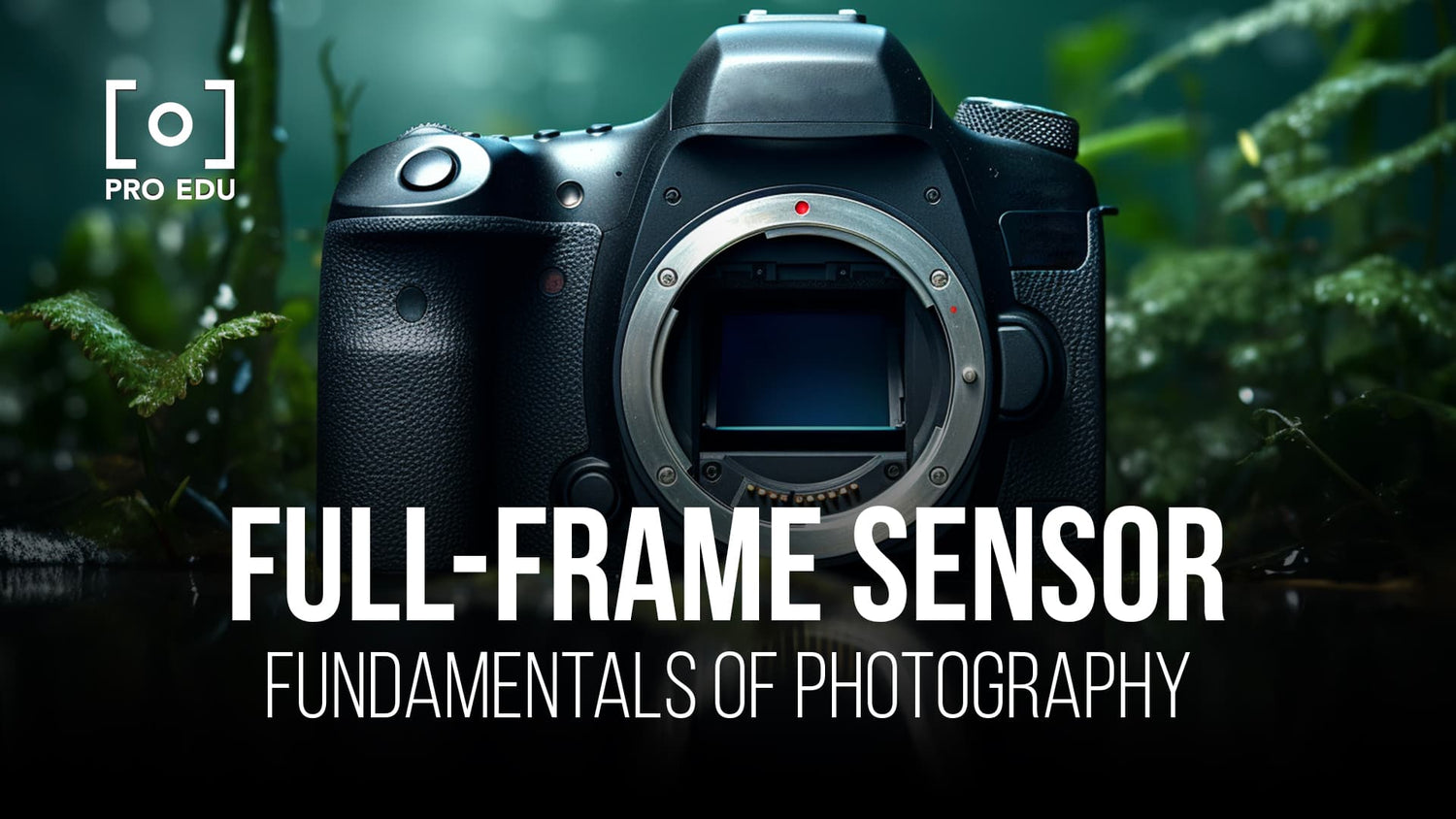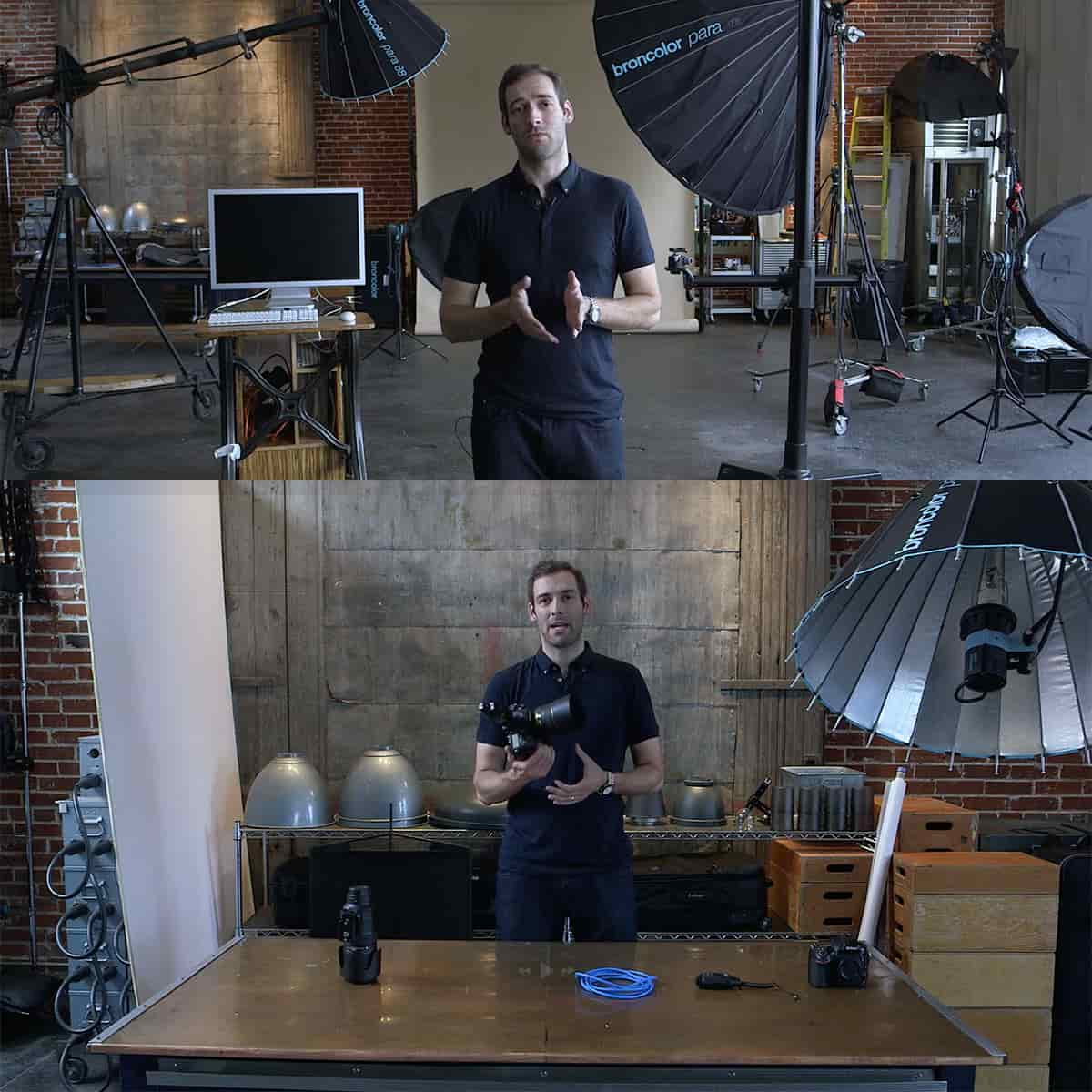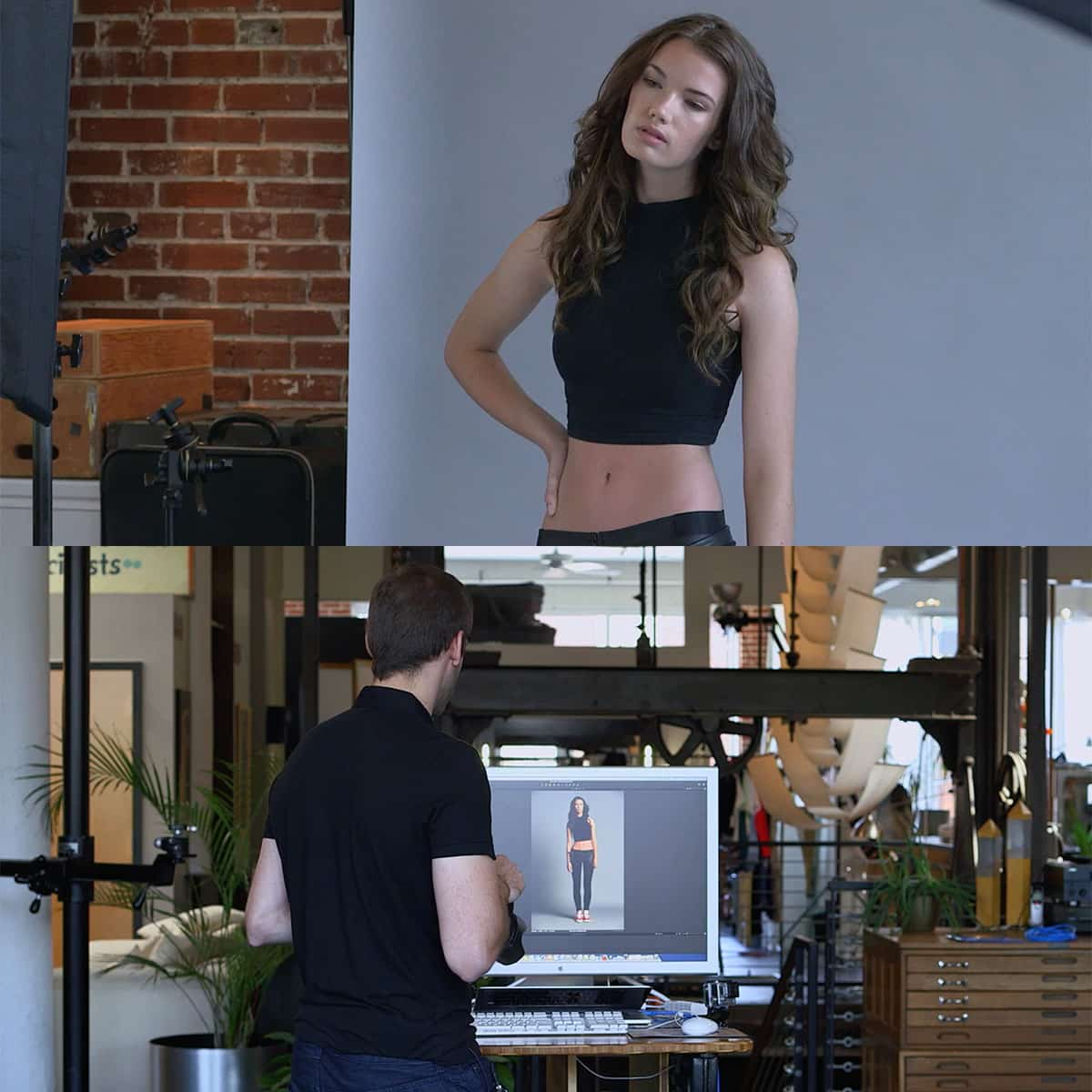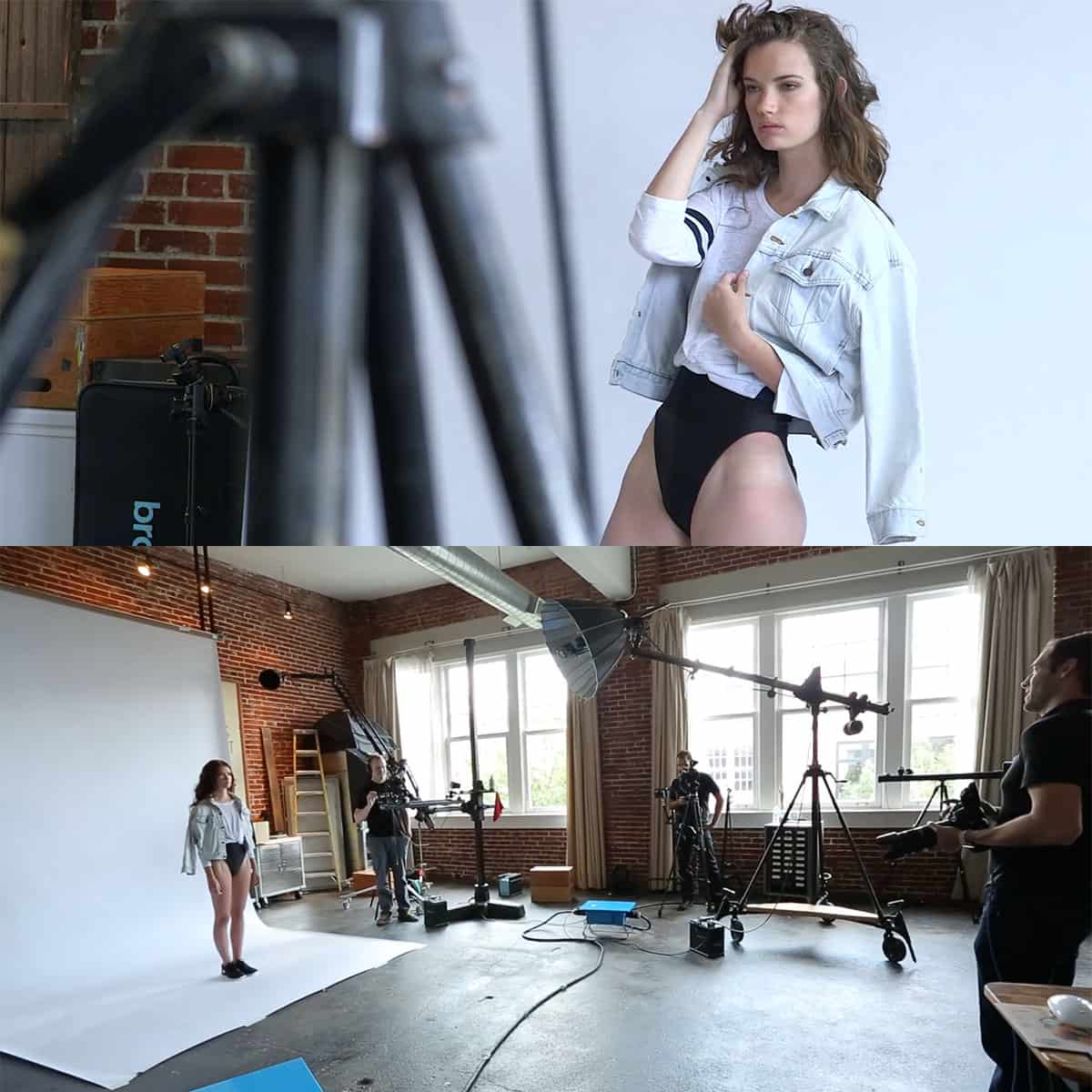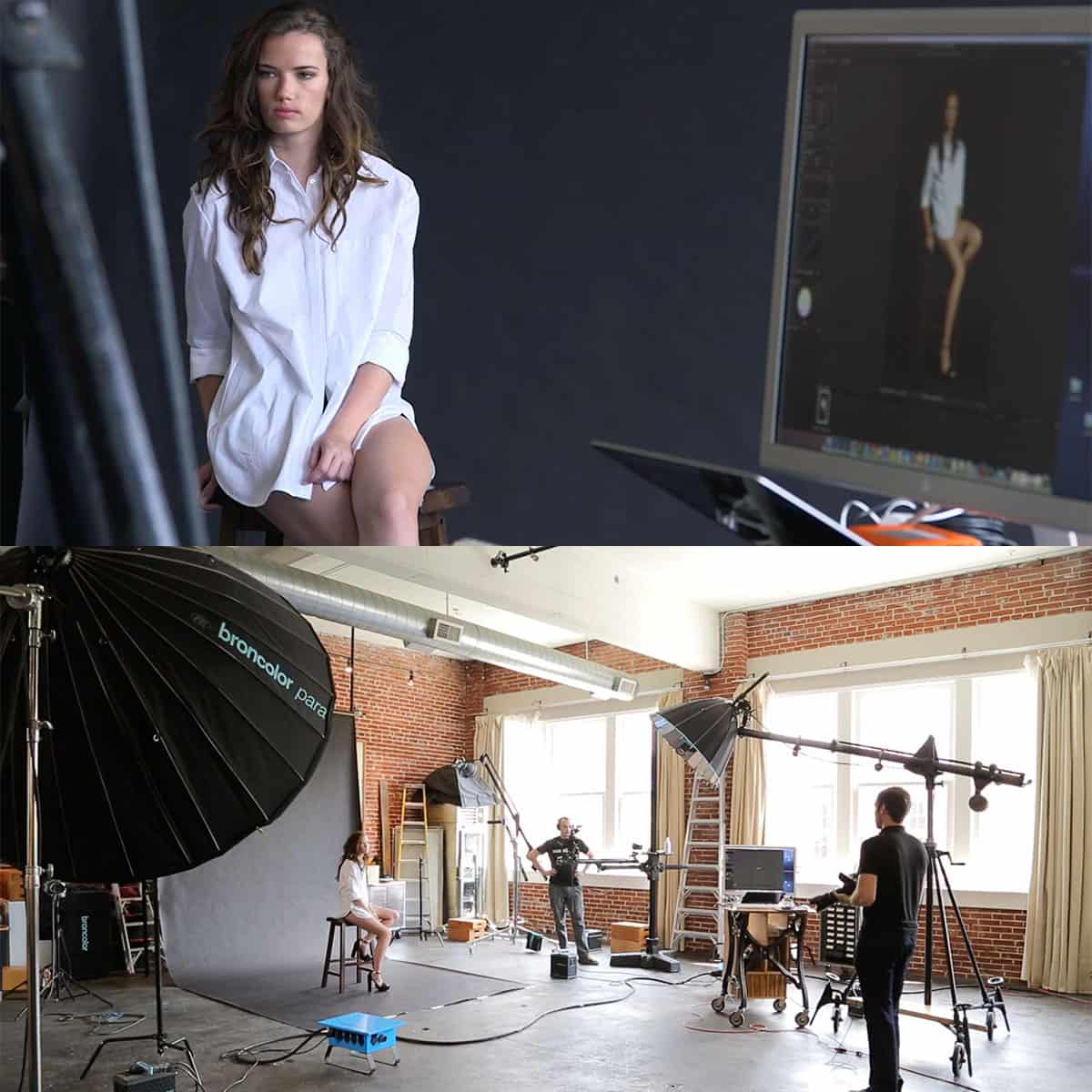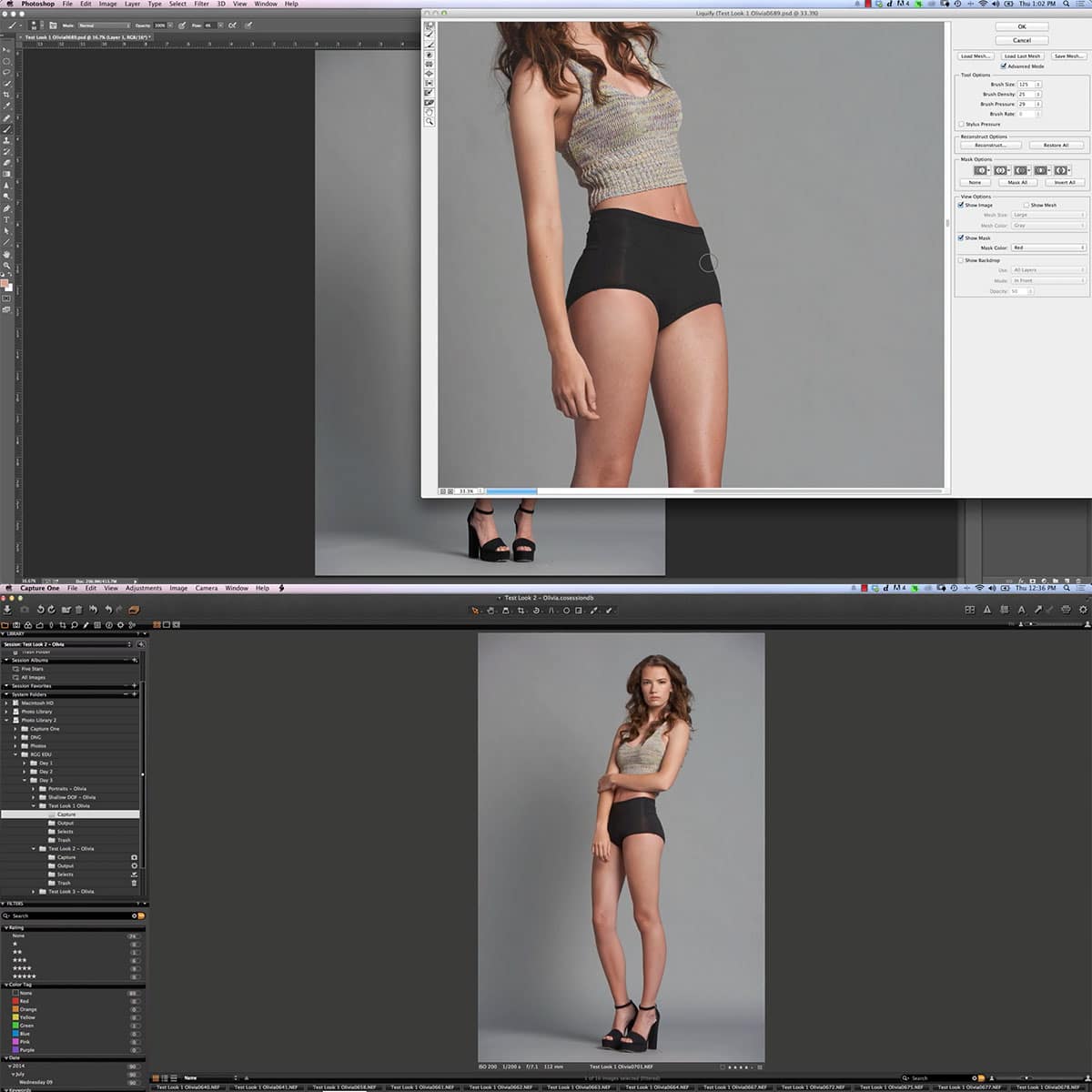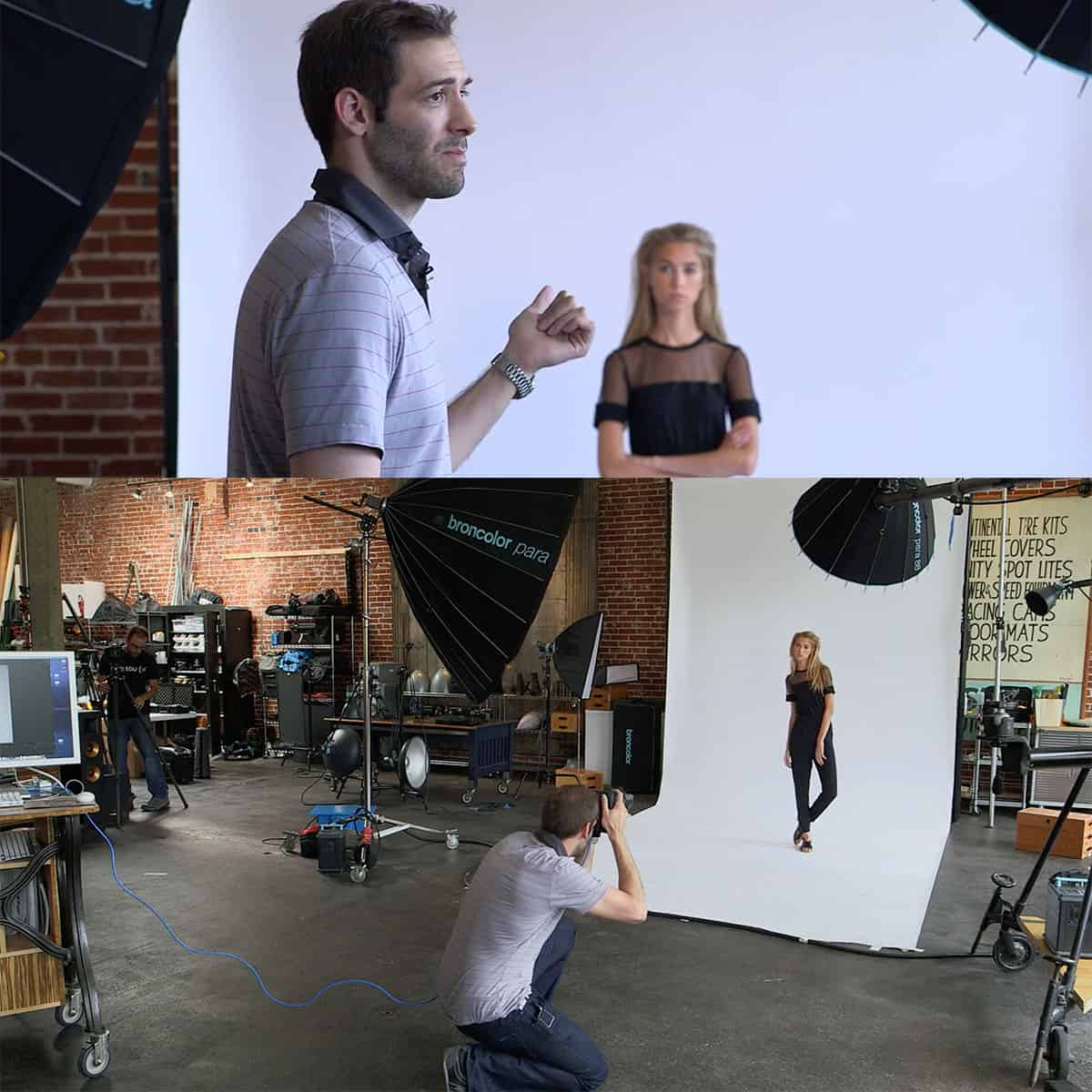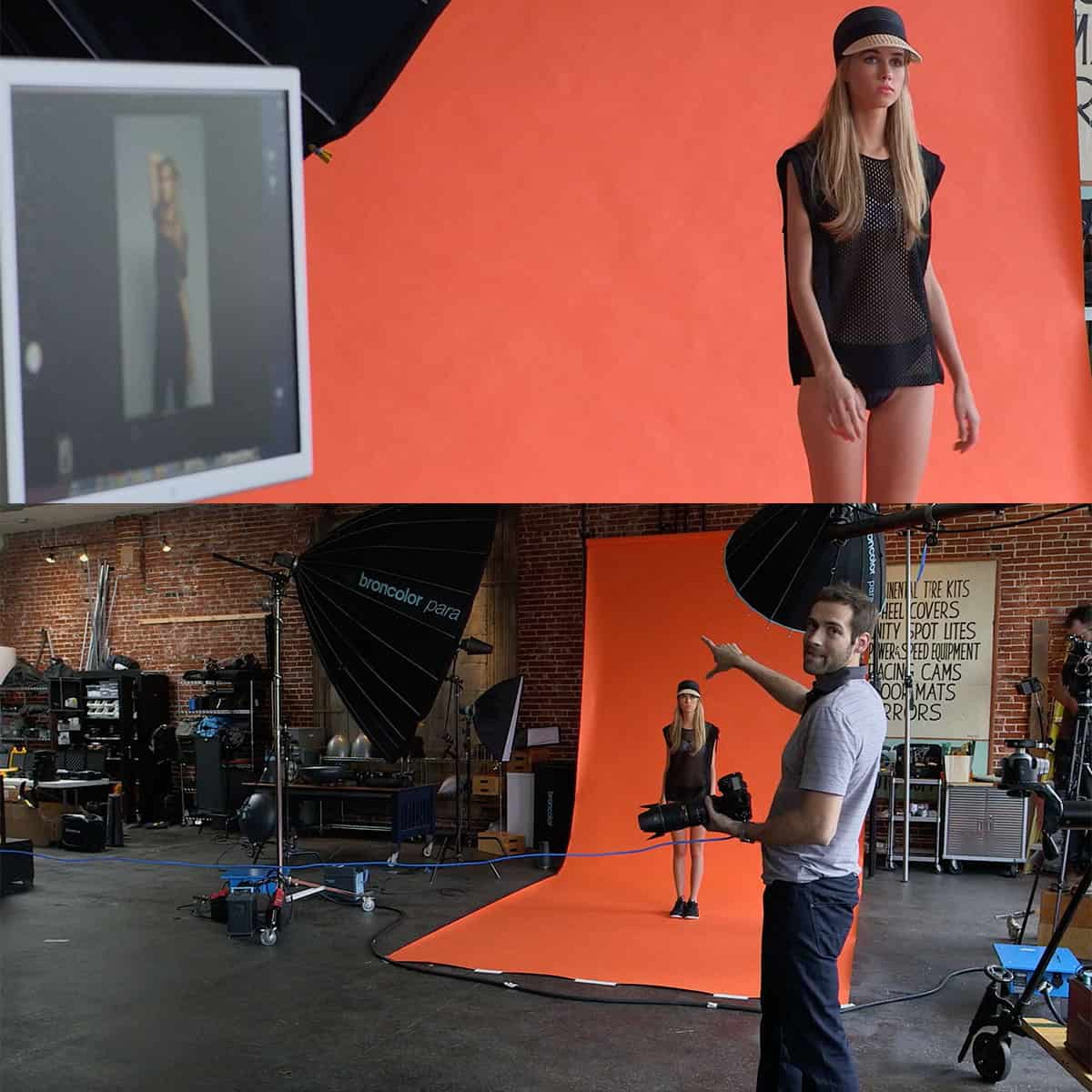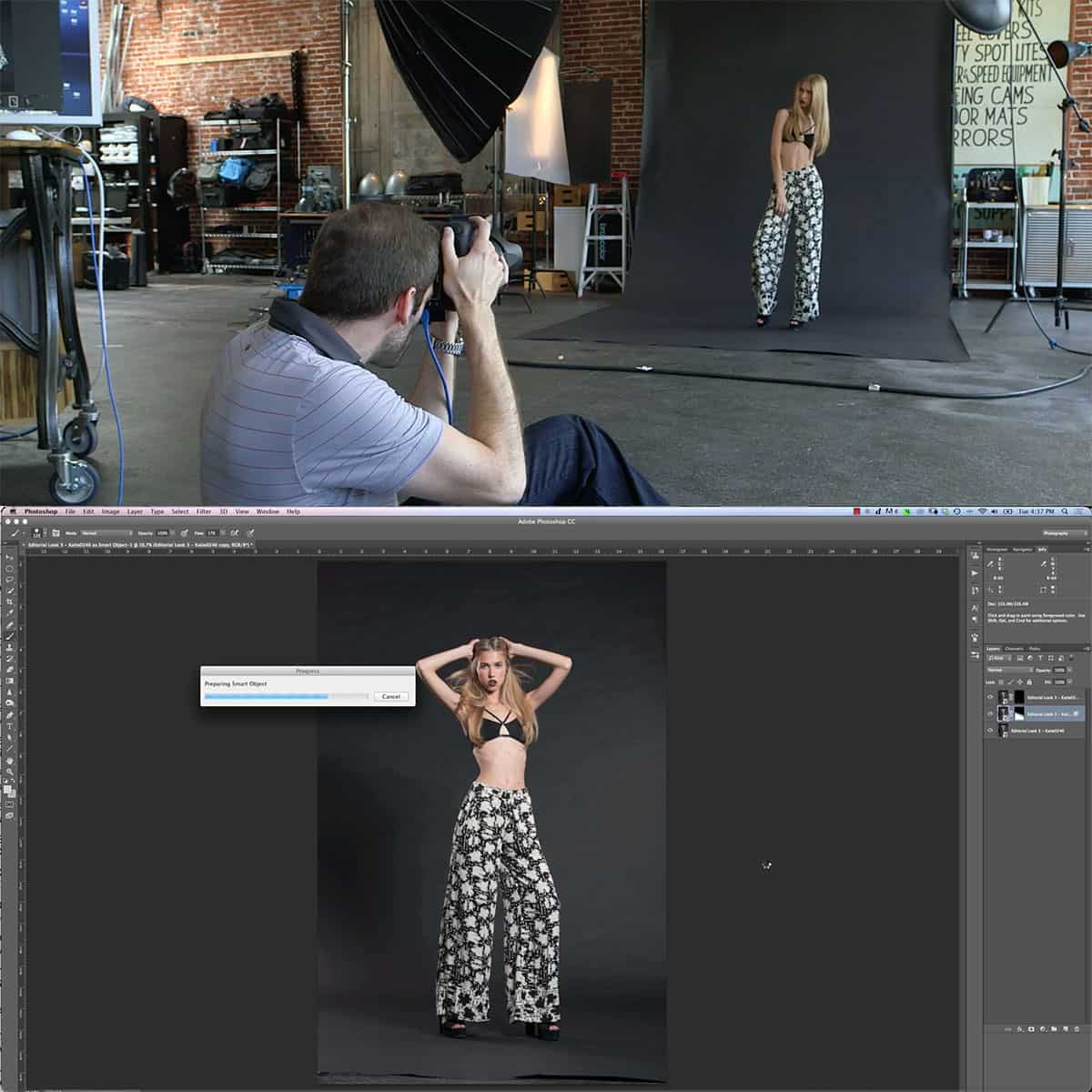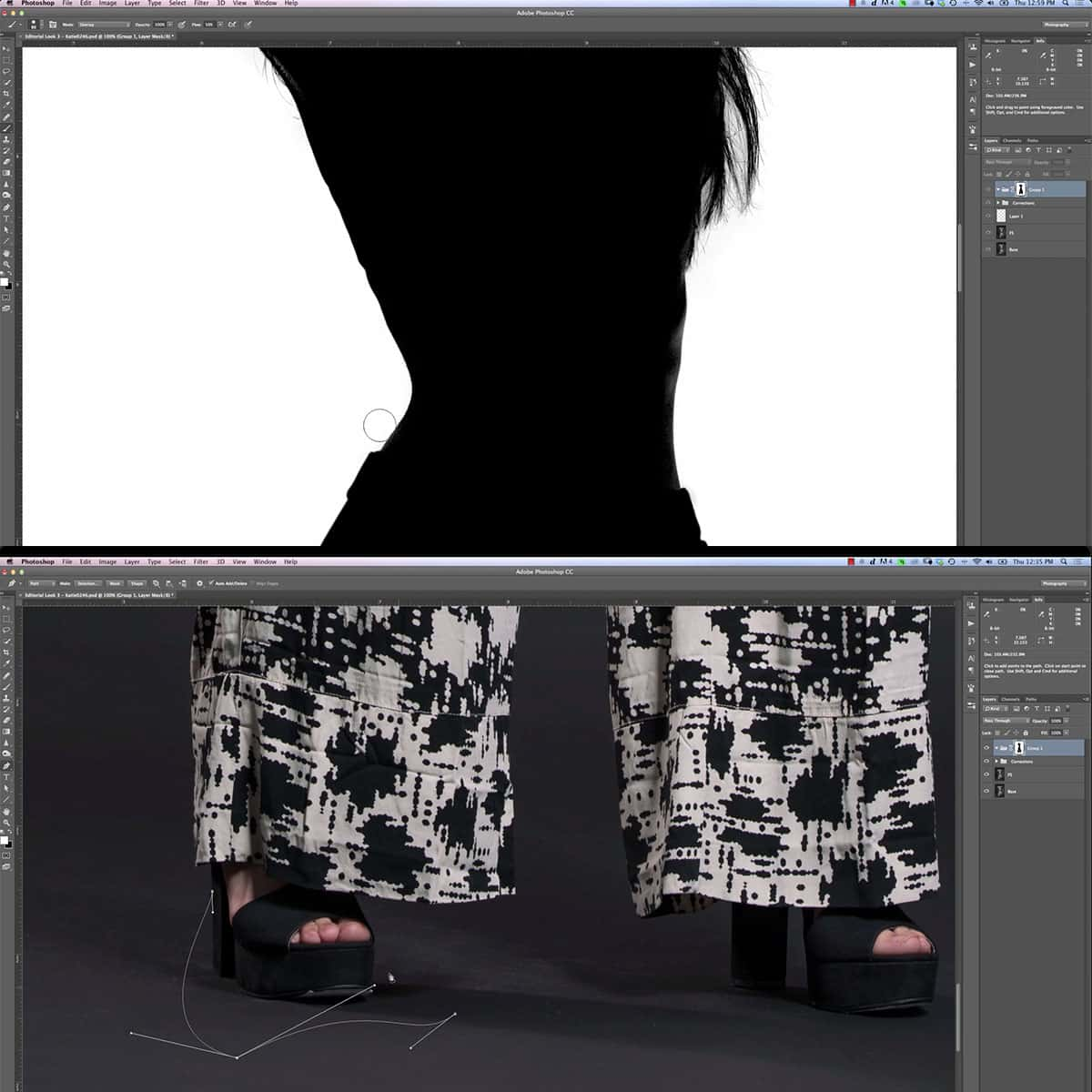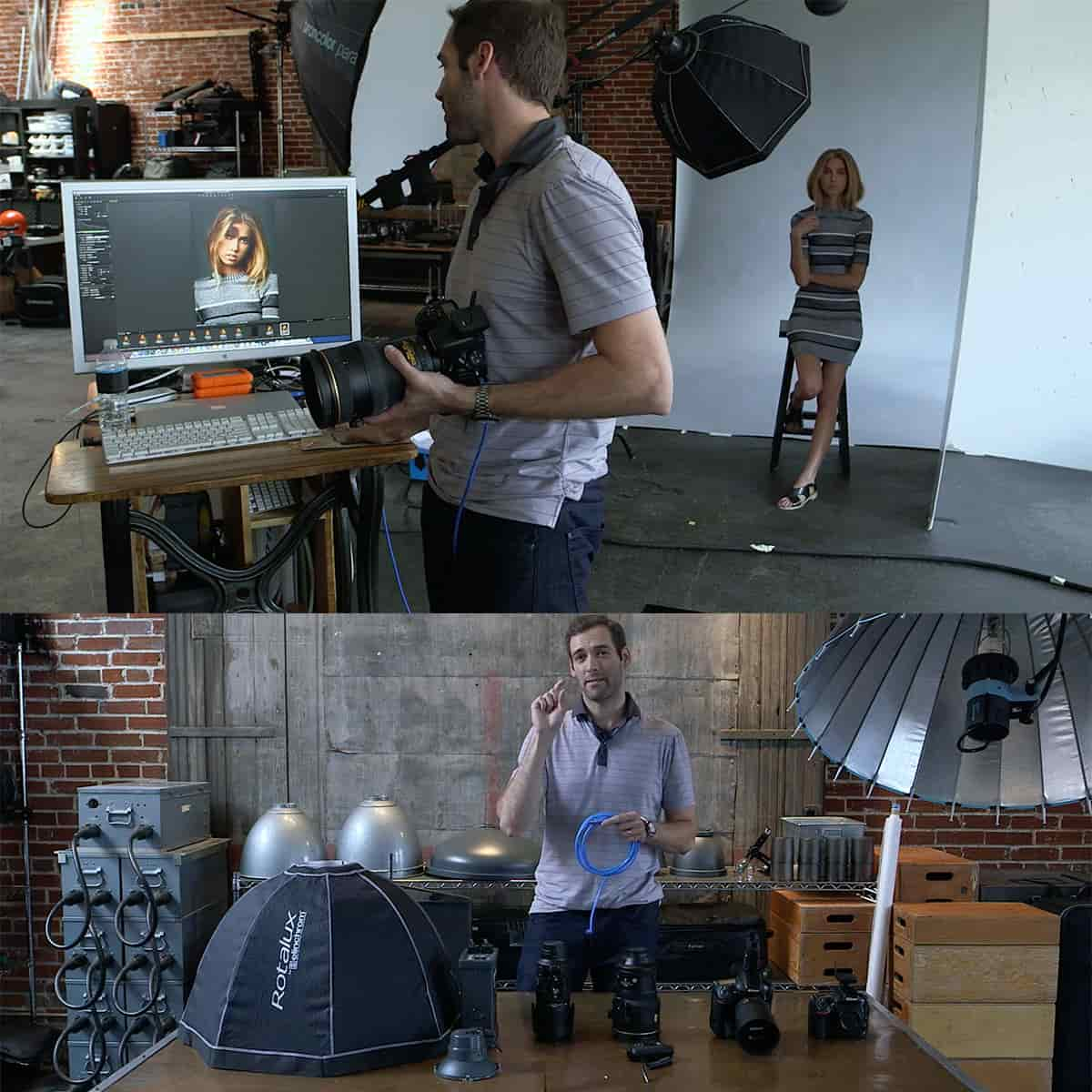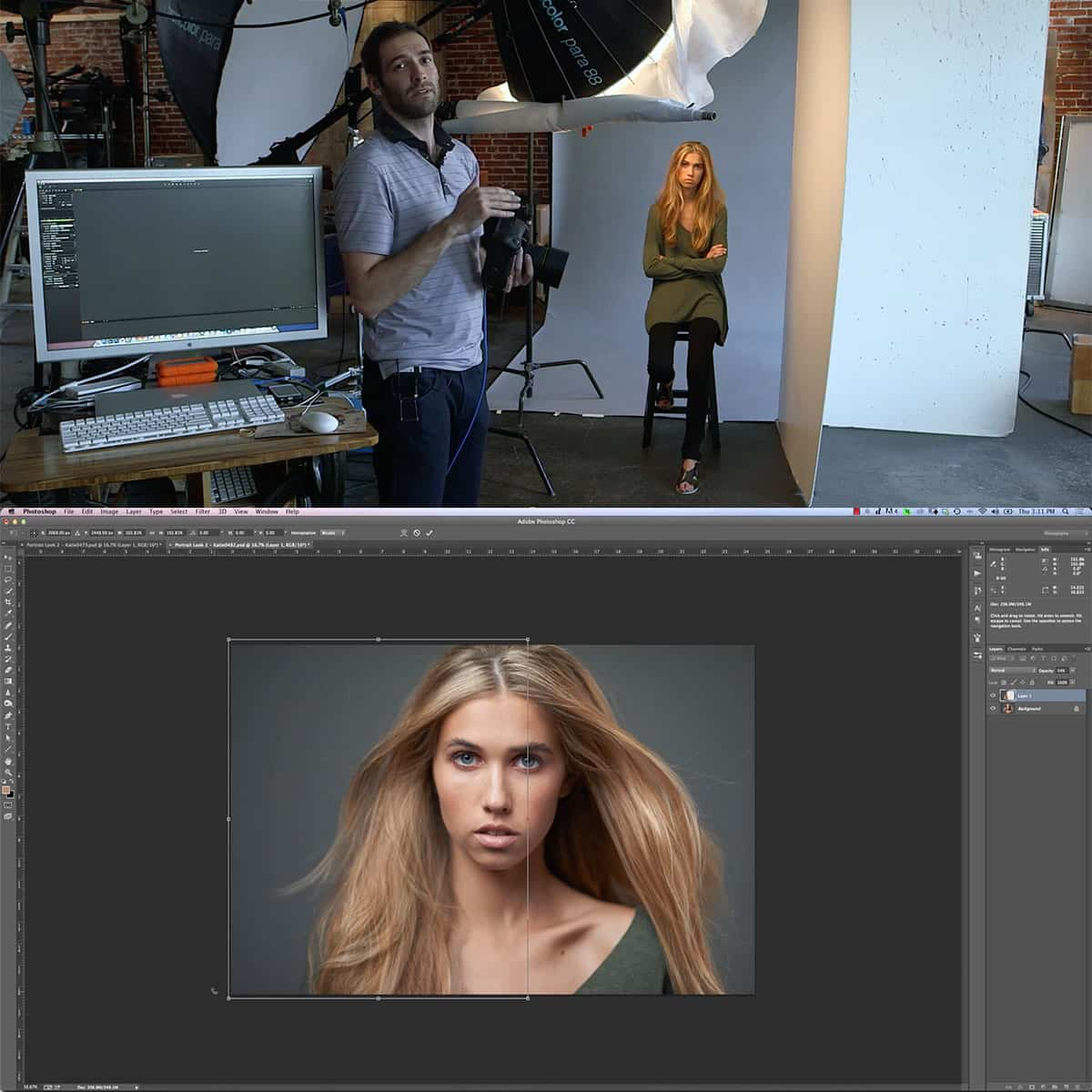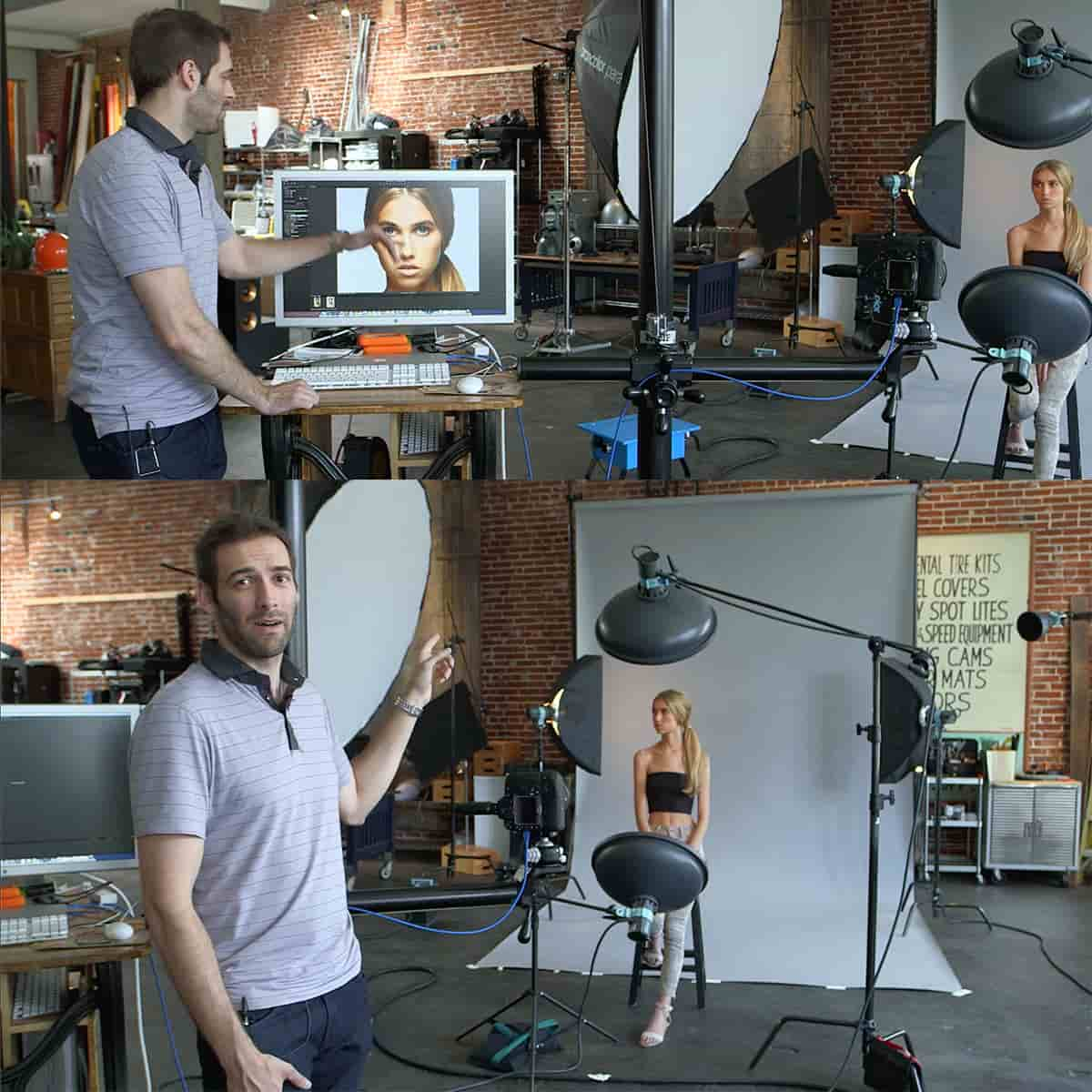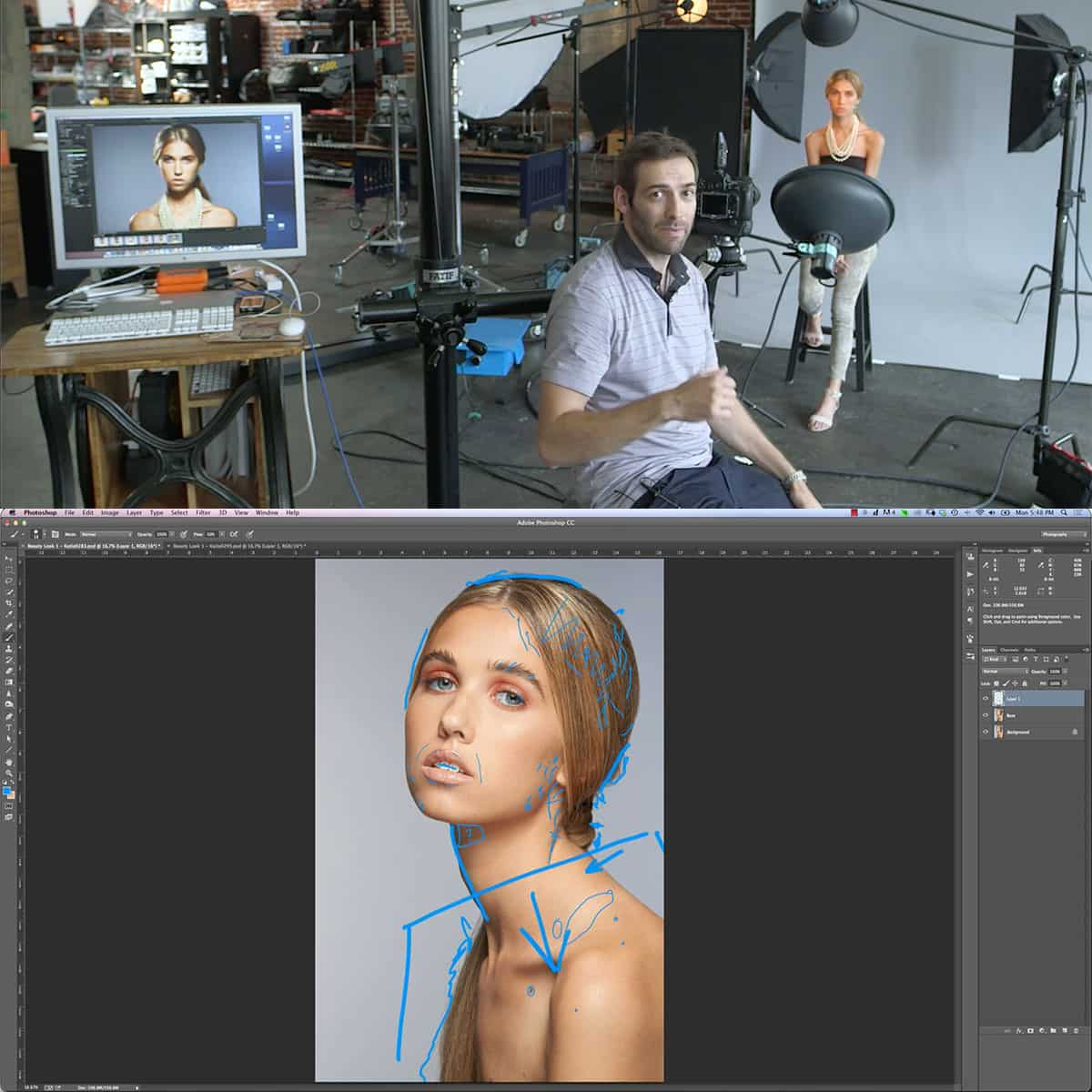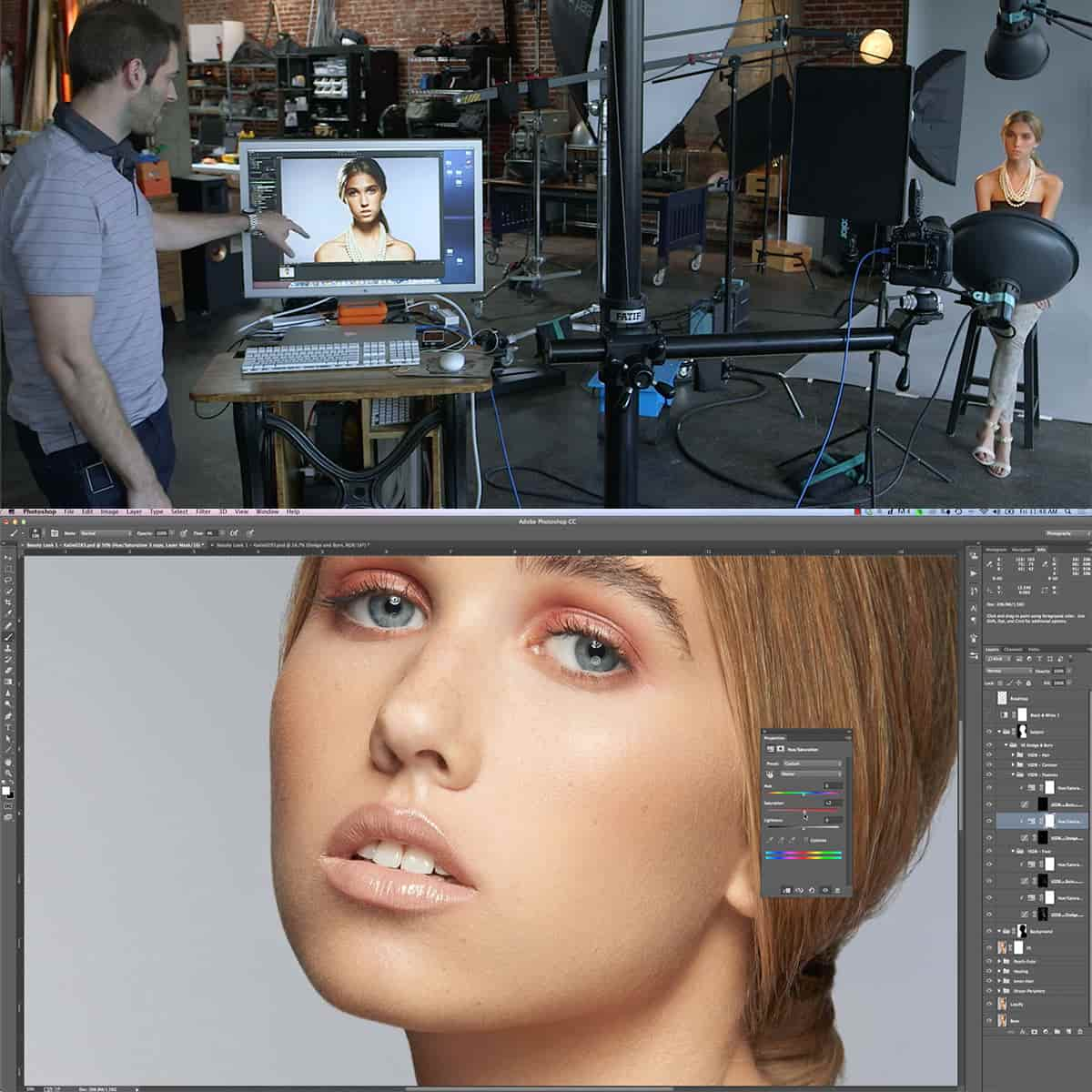Full-Frame Sensors Explained for Beginner Photographers: A Comprehensive Guide
As beginner photographers, it's crucial to understand the differences between camera sensors, specifically full-frame and cropped sensors. Full-frame sensors are typically found in high-end DSLR and mirrorless cameras, offering improved image quality and better low-light performance. They are called full-frame because they are the same size as a 35mm film frame, providing a larger surface area for capturing light and details.
When compared to crop-sensor cameras, full-frame cameras can produce higher quality images due to the larger sensor size, which allows for bigger pixels and a higher resolution. The downside of a full-frame camera is that it can be more expensive, both in terms of the camera body and lenses. However, for many professional and serious amateur photographers, the benefits of a full-frame sensor often outweigh the additional costs.
Mirrorless cameras with full-frame sensors have been gaining popularity in recent years and have become more accessible to enthusiast photographers. Many popular brands such as Canon, Nikon, and Sony offer full-frame cameras, each with their unique features and benefits. It's essential to weigh your needs and budget when selecting the right camera and lenses for you.
Key Takeaways
- Full-frame sensors provide improved image quality and low-light performance compared to crop-sensor cameras.
- The cost of a full-frame camera and lenses can be higher, making it crucial to consider your needs and budget.
- Canon, Nikon, and Sony are popular brands offering full-frame DSLR and mirrorless cameras for varying skill levels and budgets.
What is a Full-Frame Sensor?
A full-frame sensor is a digital camera sensor with a size of 36mm x 24mm, which is equivalent to the size of a single frame of traditional 35mm film. This sensor size is considered the standard as it offers a balance between image quality and affordability. So, what sets full-frame sensors apart from their counterparts? Let's dive into the comparison between full-frame and crop sensors to better understand their differences.
Comparing Full-Frame and Crop Sensors
Full-frame sensors have a larger size compared to crop sensors, which allows them to capture more light and detail, resulting in higher image quality. Furthermore, the larger sensor size enables better low-light performance.
On the other hand, crop sensors, also known as APS-C sensors, have a smaller sensor size and are more common in entry-level and mid-range cameras. Due to the crop-factor, focal lengths can appear different on crop sensor cameras.^1^
-
Full-frame sensor advantages:
- Greater detail and image quality
- Better low-light performance
- Larger field of view
- Shallower depth of field
- Wide angle lens compatibility
-
Crop sensor advantages:
- Smaller and lighter cameras
- Lower cost
- Longer "effective" focal lengths
- Higher pixel density
We hope this helps beginner photographers understand the key differences between full-frame and crop sensors as well as their respective advantages. Making an informed decision on which type of camera sensor to choose will greatly contribute to the desired outcome of your photography journey.
^1^ For example, a 50mm lens on a crop sensor camera (with 1.5x crop factor) will give an effective focal length of 75mm (50mm x 1.5).
Implication of Full-Frame Sensors on Photo Quality
Full-Frame vs Crop: Image Quality and Performance
When comparing full-frame and crop sensors, full-frame sensors generally provide higher image quality. The larger sensor size allows for better light and detail capture. Crop sensors, like APS-C, have a smaller sensor size, which results in a lower overall image quality. However, both full-frame and crop sensors have their advantages and are suitable for different needs.
Full-frame sensors come with larger pixels, which translates to better performance in low-light conditions and a higher dynamic range. This allows for better detail capturing in bright and dark areas within the image. On the other hand, crop sensors have smaller pixels and less dynamic range, but they offer advantages such as lighter camera bodies and more affordable lenses options.
Light Performance and Depth of Field
The size of the camera sensor has a significant impact on light performance. Full-frame sensors with their larger individual pixels can capture more light, which is beneficial in low-light situations and when using high ISO settings. This results in less noise and cleaner images in challenging lighting conditions.
In terms of depth of field, full-frame sensors offer a shallow depth of field which can be desirable for creating more artistic images, such as portraits with a blurred background. This is due to the larger sensor size, which leads to a greater amount of light entering the camera. Crop sensors, in comparison, typically have a greater depth of field, which can be an advantage for landscape photography where you might want to achieve sharp focus across the entire image.
Selecting the Right Lenses for Full-Frame Cameras
Understanding the Focal Length
When choosing a lens for your full-frame camera, focal length is a critical factor to consider. Focal length is measured in millimeters (mm) and determines the angle of view captured by your camera. For example, a 35mm lens provides a wider angle, suitable for landscapes and group photos. On the other hand, zoom lenses with longer focal lengths, such as 200mm, are ideal for capturing distant subjects.
Full-frame lenses are designed specifically for full-frame cameras, while crop sensor lenses are made for cameras with smaller sensors. Although crop sensor lenses can be used with full-frame cameras, the image quality may suffer due to the smaller image circle projected onto the larger sensor.
The Role of Aperture
Aperture plays a vital role in determining the amount of light entering your camera and the depth of field. Lenses with wide apertures (lower f-numbers) allow more light to enter, which is beneficial in low light situations and for achieving shallow depth of field or bokeh effects.
Full-frame lenses typically offer wider apertures than crop sensor lenses, enabling full-frame cameras to excel in low light situations. Additionally, a wide aperture can isolate subjects and create beautiful background blur or bokeh.
In summary, when selecting lenses for your full-frame camera, consider the focal length and aperture to match your photographic needs. Full-frame lenses will provide the best performance and image quality on full-frame cameras, while also allowing you to take advantage of their larger sensors and superior low light capabilities.
Impact on Budget and Other Considerations
Weighing the Costs
When considering a full-frame camera system, it's important to note that they tend to be more expensive than crop sensor cameras. This is due not only to the larger sensor size but also the accompanying quality of the camera body and lenses. However, investing in a full-frame system can be worth it for the improved image quality and better low-light performance 1. We encourage beginner photographers to assess their budget and intended use of the camera to determine if the higher cost is warranted.
File Sizes and Storage Implications
Full-frame cameras typically produce larger file sizes because of the increased sensor resolution. This means that you'll need more storage, both on memory cards and hard drives2. Additionally, larger files might require more powerful computers and software to edit and process them effectively. Keep in mind the overall impact on your workflow and budget when deciding whether to invest in a full-frame system.
Comparing Camera Systems:
| Camera System | Advantages | Disadvantages |
|---|---|---|
| Full-Frame | Better low-light performance, higher image resolution1 | Higher cost, larger and heavier3 |
| Crop Sensor | More affordable, lighter and more portable3 | Lower image resolution, less low-light capability1 |
In summary, full-frame cameras can provide better image quality and low-light performance at the expense of higher costs, larger file sizes, and potentially less portability. As beginner photographers, consider these factors as you assess your needs and budget for your camera system.
Full-Frame Cameras: Popular Picks and Brands
When it comes to full-frame cameras, a few major brands dominate the market: Canon, Nikon, Sony, and Panasonic. These companies offer a wide range of DSLR and mirrorless cameras with full-frame sensors. Let's take a brief look at some popular picks from each of these brands.
Canon is known for its impressive lineup of full-frame cameras, such as the EOS R and EOS 5D Mark IV. The EOS R is a mirrorless camera that offers a balance of performance and affordability. On the other hand, the EOS 5D Mark IV is a high-end DSLR with a robust build and advanced features.
Nikon offers full-frame cameras like the D850 and D750. The Nikon D850 is a top-of-the-line DSLR with outstanding image quality and performance, while the D750 is a more budget-friendly option with a smaller form factor and versatile features.
Sony has gained a strong reputation in the full-frame market with its Alpha series of mirrorless cameras, notably the A7 IV. This camera is praised for its excellent autofocus system, high-resolution images, and solid video capabilities, making it a favorite among professionals and enthusiasts alike.
Panasonic, although less known for its full-frame offerings compared to the other brands, still has notable options like the Lumix S1. This camera is a versatile choice for both stills and video shooting, offering impressive image quality and powerful video features in a rugged, weather-sealed body.
In conclusion, full-frame cameras from these brands offer varying advantages, depending on your specific needs and preferences. From the renowned DSLRs like Canon's EOS 5D Mark IV and Nikon's D850 to the more recent mirrorless options like Sony's A7 IV or Panasonic's Lumix S1, there's a full-frame camera to suit every photographer's needs. Just remember, a full-frame sensor is equivalent to the size of traditional 35mm film, which often results in superior image quality and better low-light performance compared to smaller sensor cameras.
Frequently Asked Questions
What are the main differences between full-frame and crop sensor cameras?
Full-frame and crop sensors are two types of image sensors found in digital cameras. Full-frame sensors are the same size as 35mm film (24 x 36mm) while crop sensors are smaller. This results in different field of view and depth of field characteristics. For more, you can refer to Full Frame vs Crop Sensor: Key Differences Explained.
Why might a beginner photographer choose a full-frame sensor over a crop sensor?
A beginner photographer may choose a full-frame sensor if they are looking for better low-light performance and increased dynamic range. Full-frame sensors are larger, allowing more light to be captured, resulting in higher image quality. However, full-frame cameras usually have a higher price point than crop sensor cameras. You can learn more about it in Crop sensor vs. full frame | A beginner's guide.
How does lens compatibility differ between full-frame and crop sensor cameras?
Full-frame cameras are designed to be compatible with lenses specifically made for full-frame sensors. Crop sensor cameras can use both crop-specific lenses and most full-frame lenses, but using full-frame lenses on a crop sensor camera may result in a cropped field of view due to the smaller sensor size.
What is the impact of full-frame sensors on image quality compared to crop sensors?
Full-frame sensors typically provide better image quality than crop sensors. They have higher resolution and improved low-light performance due to their larger size, which allows them to capture more light and detail. For more detail on this, refer to Camera Sensor Sizes Explained.
Are there specific genres of photography where full-frame sensors are more beneficial?
Yes, full-frame sensors are particularly beneficial for landscape, portrait, and low-light photography. Their improved dynamic range and better low-light performance make them well-suited to capture the nuances in these types of shots. However, both full-frame and crop sensor cameras are capable of producing exceptional images in various genres, it's more about mastering the device and technique.
What are the popular full-frame camera models for beginners?
Popular full-frame camera models for beginners include the Canon EOS RP, Nikon Z5, and Sony Alpha a7 III. These cameras offer excellent image quality, features, and value for beginner photographers who would like to start with a full-frame camera.


